Decoding the Bajan Dialect (Unique Creole Language of Barbados)
Bajan, the captivating dialect of Barbados, is far more than a mere language. The Bajan dialect was born out of a fusion of English, West African languages, and other European influences. As such, it weaves a vibrant linguistic tapestry that reflects the island’s rich cultural heritage.
With its rhythmic cadence, colorful vocabulary, and deep-rooted presence in local culture, Bajan serves as a testament to the enduring spirit of Barbados, captivating both locals and visitors alike.
| Highlight | Description |
|---|---|
| Bajan dialect | A fusion of English, West African languages, and other European influences. |
| Cultural heritage | Bajan serves as a testament to Barbados’s rich cultural heritage. |
| Linguistic bridge | Bajan emerged as a linguistic bridge between English colonizers and enslaved Africans. |
| Rich and colorful vocabulary | Bajan vocabulary incorporates metaphors and imagery. |
| Fundamental part of identity | Bajan is a fundamental part of Barbadian identity and influences music, literature, and social interactions. |
| Influences from other languages | Bajan has been influenced by Portuguese settlers and indigenous Caribbean languages. |
| Presence in local media | Bajan is present in local media, preserving its unique character and appeal. |
| Influence on literature | Bajan has influenced Barbadian literature, adding linguistic beauty and cultural identity. |
| Presence in contemporary music | Bajan is used in contemporary music genres like soca, reggae, and calypso. |
| Grammar and sentence structure | Bajan follows a subject-verb-object word order with distinct grammar and sentence structure. |
| Enduring legacy | Bajan continues to thrive despite the influence of Standard English. |
| Deeply woven into culture and identity | Bajan is deeply woven into Barbadian culture and identity. |
The Melody of Barbados: A Brief Introduction to Bajan
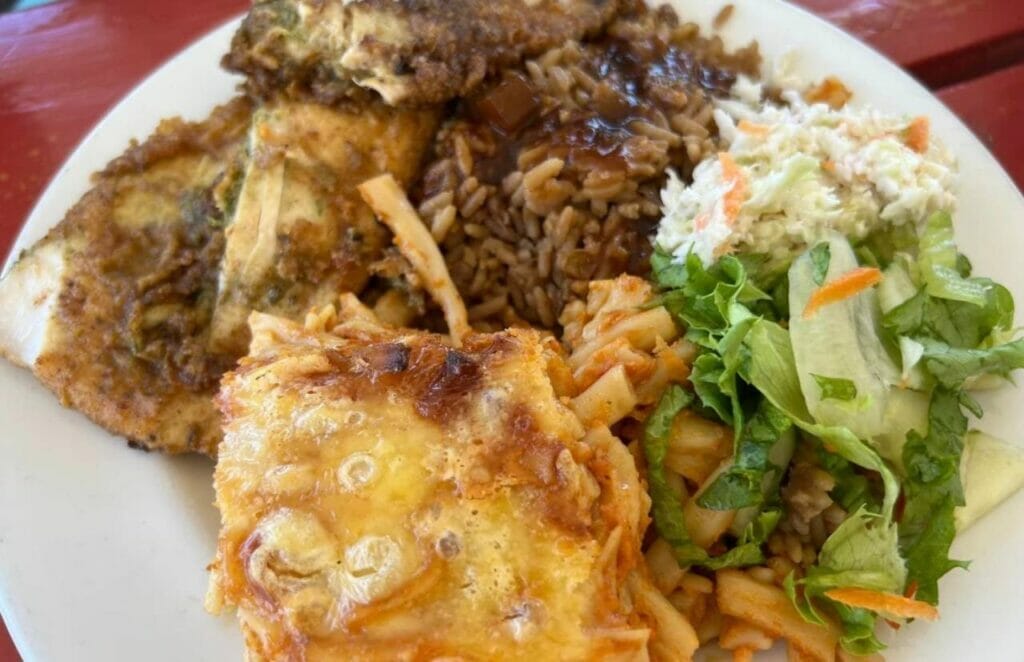
Bajan (pronounced Bay-jun), also known as Barbadian Creole, is more than just a dialect. It’s a vibrant linguistic tapestry woven from English, West African languages, and other European languages. This unique blend lends Bajan its distinct flavor, a testament to Barbados’s rich cultural heritage.
Listening to Bajan for the first time, you might find it tricky to understand. The dialect often drops consonants, bends vowels, and rushes through words. However, once you start to tune into its rhythm, you’ll find a language full of color, humor, and wisdom.
Origins of Bajan: A Linguistic Melting Pot

Like many Creole languages, Bajan was born out of a tumultuous history. It emerged as a linguistic bridge between the English colonizers and the enslaved Africans brought to work on the sugar plantations in the 17th century.
The Africans, hailing from different tribes and speaking various languages, developed this hybrid language to communicate with each other and their captors. English provided the base, but the syntax and rhythm borrowed heavily from West African languages, creating a new dialect with a rhythm all its own.
Unraveling the Bajan Vocabulary: A Peek into Local Sayings
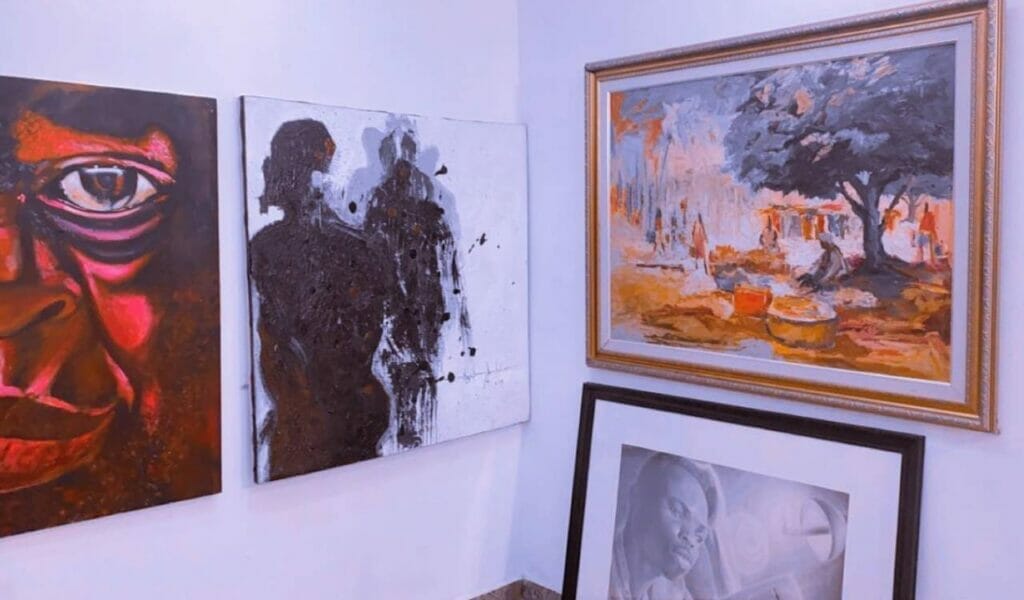
Bajan vocabulary is rich and colorful, often incorporating metaphors and imagery. Here are a few examples to tickle your linguistic curiosity:
- “De higher monkey climb, de more he show he tail.” This proverb warns that the higher one rises without humility, the more their flaws become apparent.
- “Mek haste slowly.” A Bajan way of saying, “more haste, less speed.”
- “Wuh ain’t see you, ain’t pass you.” This means, “what hasn’t affected you yet, hasn’t gone past you.”
The Bajan dialect is full of such pearls of wisdom, painting vivid pictures with words and phrases that are as intriguing as they are expressive.
Bajan in Barbadian Culture: The Soul of the Island

Language is more than just a medium of communication; it’s a way of life.
In Barbados, Bajan isn’t just spoken; it’s lived. From the marketplace chatter to calypso lyrics, the dialect is a fundamental part of Barbadian identity.
Bajan influences everything, from music and literature to social interactions. It’s the language of local folk tales, riddles, and jokes. The dialect even has a place in formal education, with scholars recognizing its value in preserving Barbadian heritage and cultural identity.
The Linguistic Mosaic: Other Languages Shaping Bajan

While English and West African languages are the primary building blocks of Bajan, other languages have left their mark on the dialect. Portuguese settlers arrived in Barbados before the English, and their language has influenced Bajan vocabulary. Words like “guava” (originally “guayaba” in Spanish and “goiaba” in Portuguese) are examples of this legacy. Additionally, some words from indigenous Caribbean languages, such as Arawak and Carib, have found their way into Bajan.
Bajan in the Media: A Language of Expression

Bajan has a strong presence in local media, with radio stations, television programs, and newspapers using the dialect to communicate with their audiences. This widespread use in the media reinforces the dialect’s relevance in Barbadian society, helping preserve its unique character and appeal. From talk shows and news broadcasts to popular soap operas, the use of Bajan in the media captures the authentic essence of Barbadian culture.
The Literary Landscape: Bajan’s Influence on Barbadian Literature
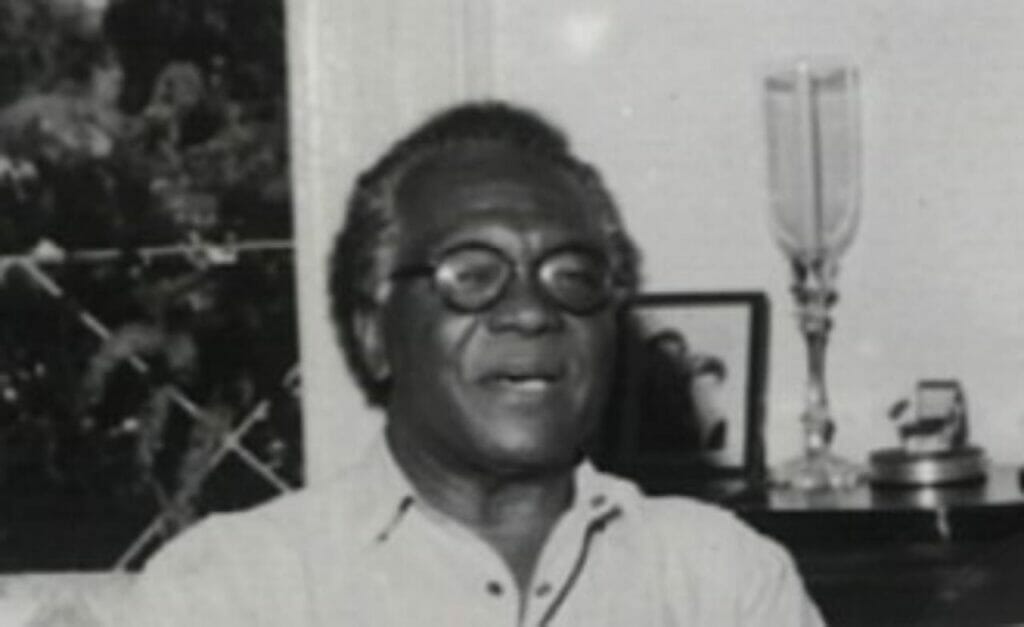
Bajan has played a significant role in shaping Barbadian literature, with many authors and poets incorporating the dialect into their works. Writers like Kamau Brathwaite, Austin Clarke, and Paule Marshall have woven Bajan into their prose and poetry, capturing the island’s spirit and cultural identity. Their works showcase the linguistic beauty and emotional depth that Bajan adds to storytelling, furthering the appreciation for this unique dialect.
The Soundtrack of Barbados: Bajan in Contemporary Music
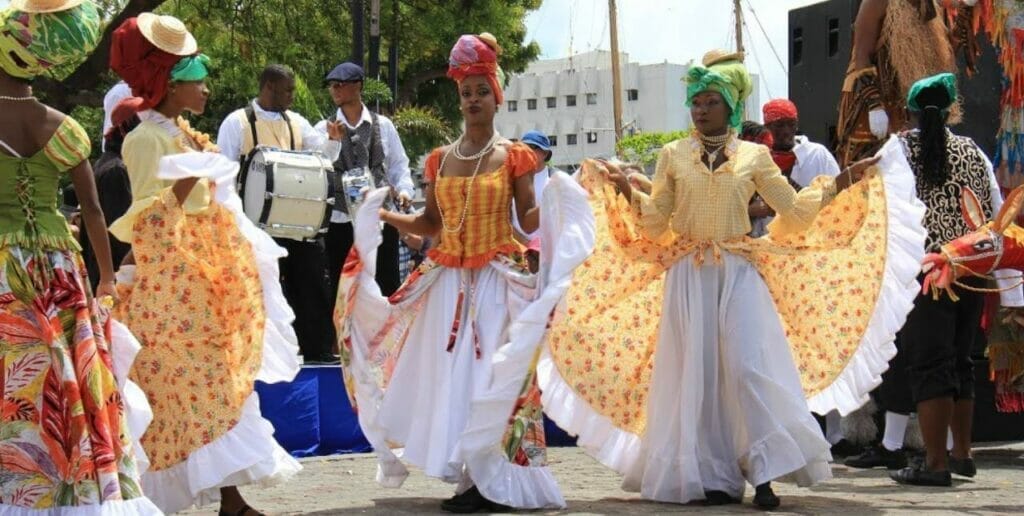
Bajan is also at the heart of Barbadian music, with soca, reggae, and calypso artists often penning lyrics in the dialect. Popular musicians like Alison Hinds, Lil’ Rick, and Rupee showcase the beauty and versatility of Bajan in their songs. By incorporating the dialect into their music, these artists help preserve and promote Bajan as a vital aspect of Barbadian culture, reaching audiences beyond the shores of the island.
Exploring Bajan Grammar and Sentence Structure

A deeper understanding of Bajan requires a closer look at its grammar and sentence structure.
Bajan follows a subject-verb-object word order, like Standard English. However, there are some notable differences:
- Bajan often omits articles like “the” and “a.”
- Plural nouns are usually formed by adding a demonstrative like “them” (e.g., “children” becomes “children them”).
- Bajan uses a reduced set of prepositions, which can lead to different meanings than in Standard English (e.g., “in” might mean “at” in Bajan).
These linguistic quirks are what give Bajan its distinct character, setting it apart from other English-based Creoles and dialects. By exploring these nuances, we gain a deeper appreciation for the unique qualities of the Bajan dialect.
The Enduring Legacy of Bajan: A Language That Refuses to Fade
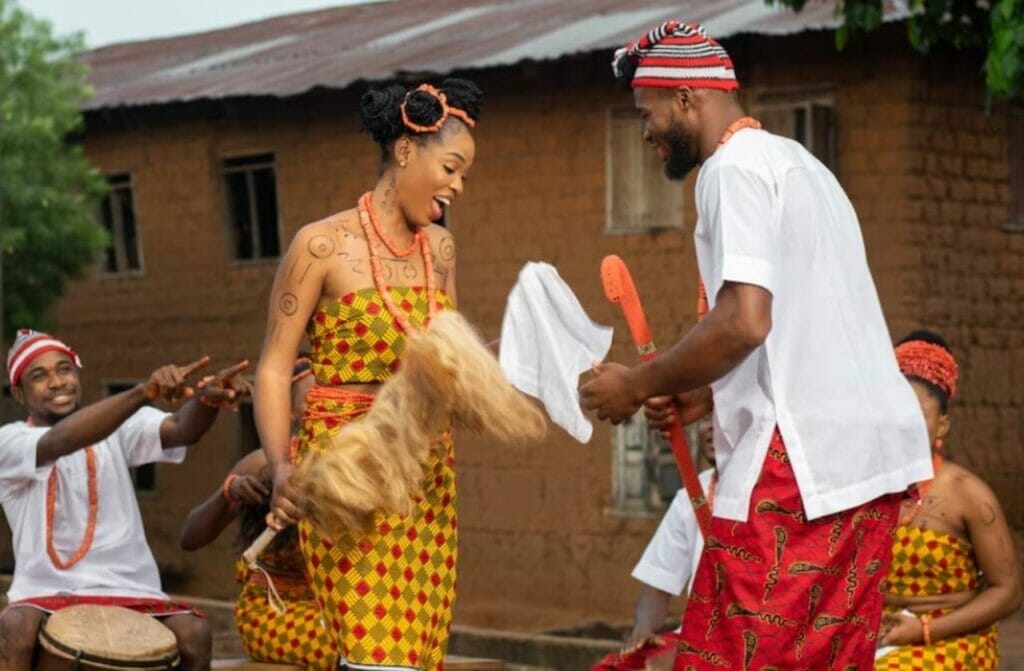
Despite the increasing influence of Standard English, Bajan continues to thrive, evolving and adapting to the changing times. The dialect retains its place in the heart of Barbados, a testament to the resilience and creativity of its people.
The Bajan dialect is an integral part of the island’s charm, a verbal expression of its history, culture, and spirit. To truly experience Barbados, you need to immerse yourself in Bajan, to feel its rhythm, taste its humor, and savor its wisdom.
FAQ

How Do You Say Hello In Bajan?
In Bajan dialect, a common way to greet someone is “Wha gine on?” which translates to “What’s going on?” in Standard English. This form of greeting is not only an acknowledgement but also an invitation to share updates or news, reflecting the close-knit nature of Barbadian communities.
What Is An Example Of Bajan Dialect?
An example of Bajan dialect is the phrase “Wuh ain’t see you, ain’t pass you.” This phrase translates to “What hasn’t affected you yet, hasn’t gone past you,” in Standard English. This saying is reflective of the colorful and metaphor-rich nature of the Bajan dialect.
Why Is The Bajan Accent?
The Bajan accent is a product of the island’s history and cultural influences, primarily rooted in English and West African languages. The unique pronunciation, rhythm, and inflections of the Bajan dialect are a result of this linguistic blend, creating an accent distinct to Barbados.
Do Bajans Have Their Own Language?
Bajans communicate primarily using the Bajan dialect, a unique form of Creole heavily influenced by English. While it is not a separate language in the strict sense, Bajan is distinct enough from Standard English to be considered a unique linguistic entity, deeply woven into Barbadian culture and identity.
Do Bajan People Speak Spanish?
While Spanish is not a primary language in Barbados, its influence can be found in the Bajan dialect through borrowed words and phrases. However, the main languages spoken are English and Bajan, with Spanish generally not being a significant part of daily communication for most Bajans.
Bajan Dialect Recap: Let’s Speak Bajan!
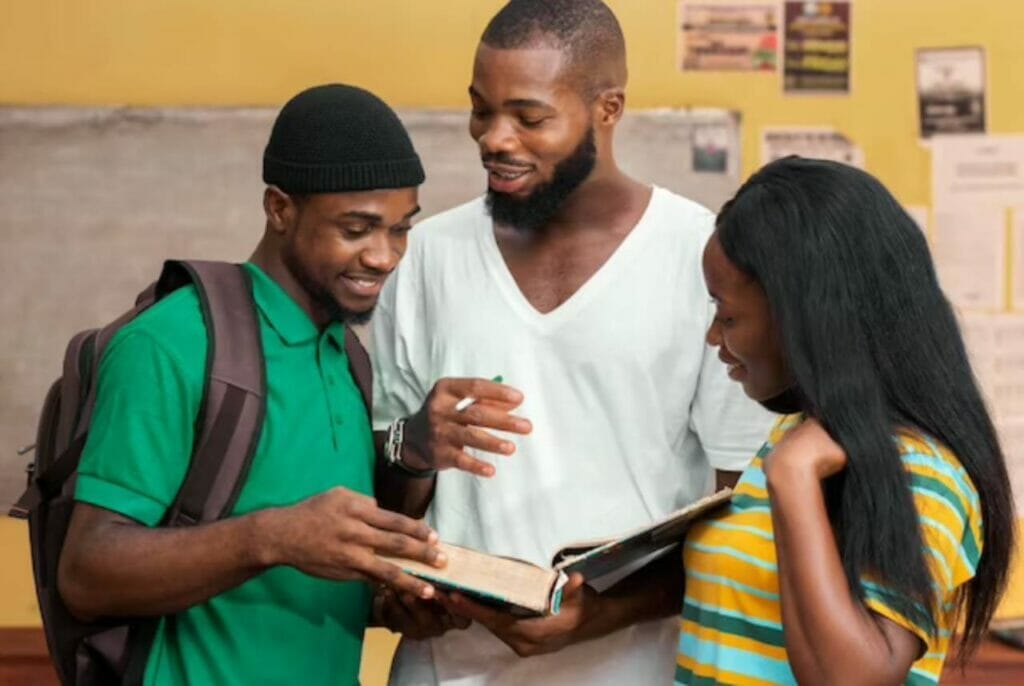
Ready to try your hand at Bajan? Here’s a quick crash course:
- “Wha gine on?” means “What’s going on?”
- “I gine leh yuh” translates to “I’ll let you know.”
- “Whappen?” is the Bajan way of saying, “What happened?”
As you can see, the Bajan dialect is as lively and engaging as the island it calls home.
To wrap up our journey, remember that Bajan is more than just a dialect—it’s the soul of Barbados, a living testament to its history, and a vibrant expression of its culture.
So the next time you find yourself on this Caribbean paradise, tune in to the Bajan lilt around you. You might just find yourself falling in love with the melody of Barbados.

